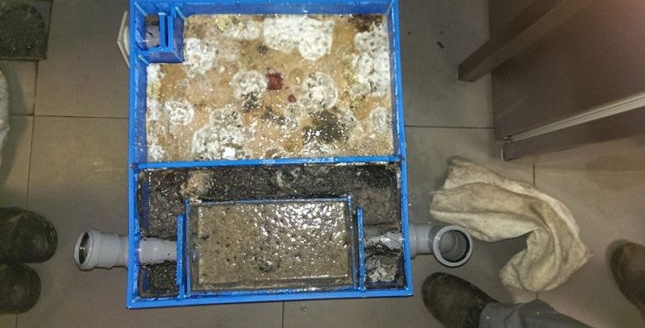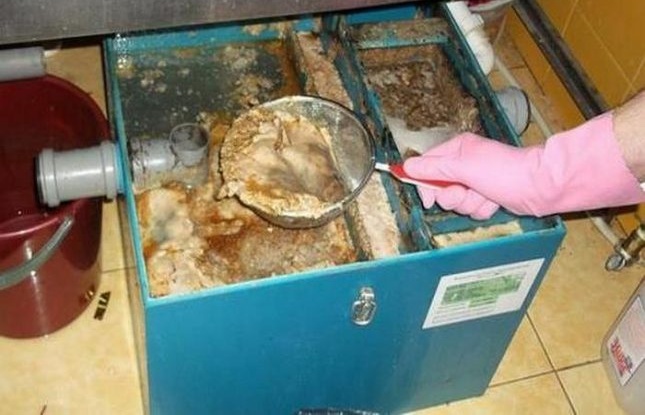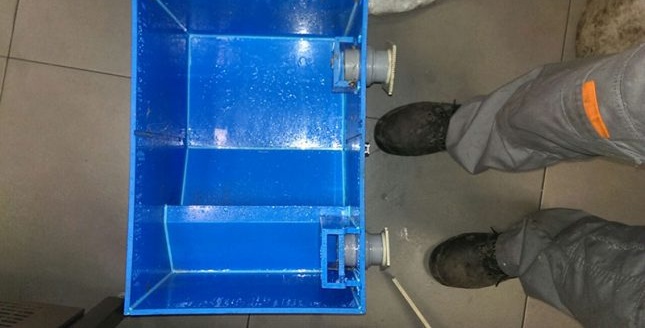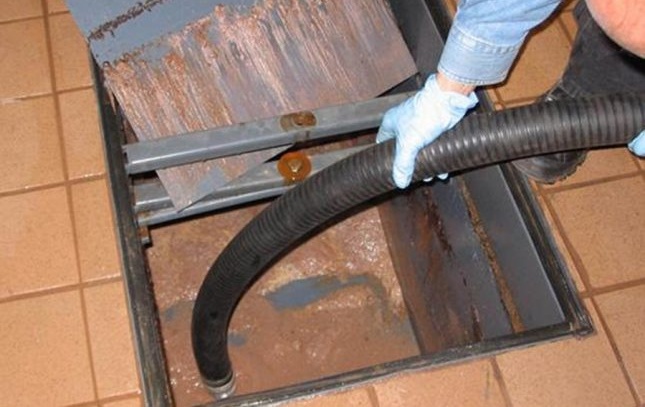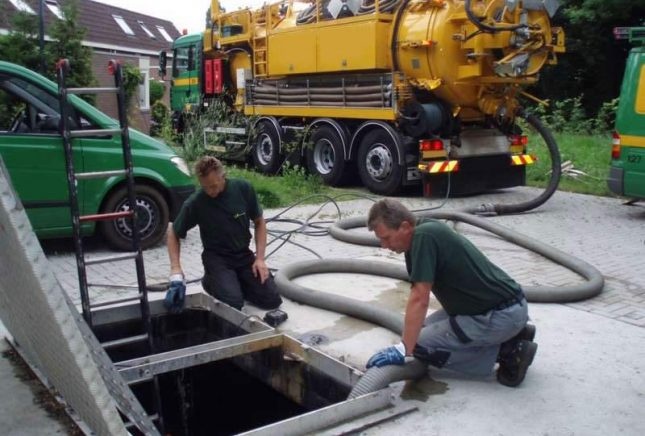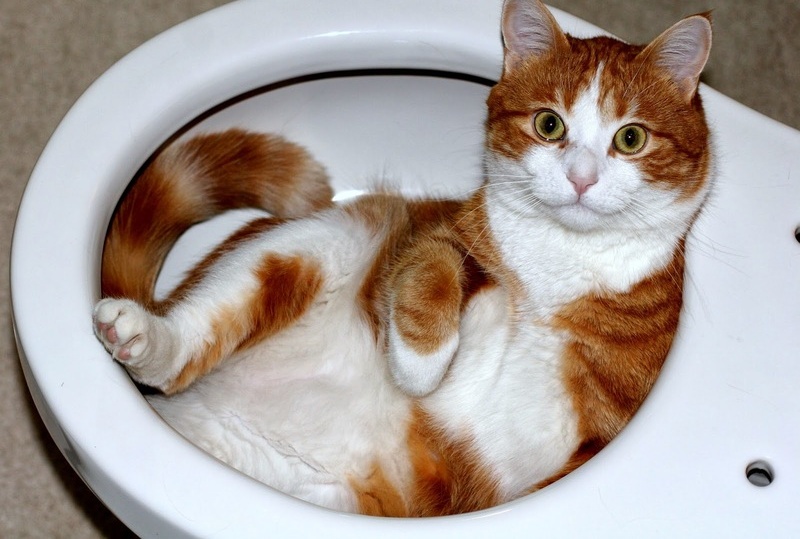Grease cleaning: methods and tools
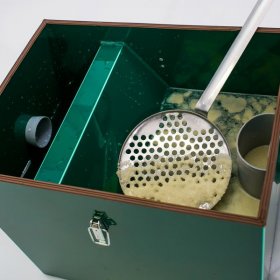
The grease catcher will help extend the trouble-free operation of the sewer system, prevent clogging of pipes and protect the drain pit from quick filling. Installing it in the kitchen under the sink or in the basement is not difficult, even a novice master can do it yourself. In order for the system to filter the water properly, it is necessary to clean the grease trap regularly. There are several easy ways to do this.
Means and methods of cleaning grease traps
Fat is lighter than water and always floats to the surface - this is the basis for the operation of the grease catcher. The container body of the device is divided by partitions that trap fat and solid heavy waste particles and allow water to pass through. As fat and organics accumulate, they must be removed. The frequency of cleaning depends on the degree of contamination of the effluent, the performance of the grease trap, determined visually or using a sensor signal. On large-volume appliances, you can install automation, which will itself determine the need for cleaning and pump out fat from the system. Small household separators up to 50 l are even easier to maintain; this can be done manually.
Under the sink
When installing the container under the sink, care should be taken to ensure that there is space around the structure and the possibility of free cleaning of the grease catcher.
Every day you need to follow these simple steps:
- In the morning, look under the sink and check the integrity of the compounds and the level of fat.
- In the evening, turn on hot water and fill the container with fresh water.
This will help to avoid stagnation of water and the appearance of an unpleasant odor, as well as to detect a possible leak in time.
If the sensor or visual inspection shows that the fat level has reached a critical level, then it is time to clean the system, the standard frequency is 1 time per week.
Sequencing:
- Open the cover, if possible, disconnect the device from the pipeline and collect the fat mass from above using a special spatula that comes with the separator.
- Collect settled solid fractions from the bottom, remove particles from the nozzles. Cleaning will be easier if the device is equipped with a compartment for settled organic matter and a grease trap.
- Rinse the box with hot water, you can add disinfectant solutions and detergents.
It is possible to increase the degree of purification and protect the grease trap from fast contamination with the help of special live bacteria that process the fat mass and solid particles, leaving only a slight precipitate in the water. They work effectively in the temperature range from 5 to 40 ºС.
Once a quarter, it is recommended to inspect the connections of the pipes for leaks, carefully lubricate the joints with silicone.
Sewer
You can set the planned frequency of service and preventive maintenance without waiting for critical filling of the grease catcher, for example, once a month, and for large tanks at enterprises - once every six months. If there is no sensor, then the fat mass level is determined using a dipstick.
Sewer separators can be cleaned manually and automatically. A small container in the basement of 100 l is cleaned similarly to a household one, and a large volume unit dug into the ground is cleaned according to a separate technology:
- If the grease trap is equipped with a built-in electric pump, it must be de-energized.
- Open the lid of the tank and pump out the contents together with the fat mass using a vacuum pump, and for large underground separators you will need a cesspool machine.
- Rinse the sump with strong water. The container in the room is recommended to be steamed to eliminate unpleasant odors.
- Inspect the chamber and nozzles; if necessary, clean it by hand.
Owners of private homes and businesses use special chemicals to clean the grease trap. This measure saves money and makes cleaning much less common.
Inspecting authorities always look at the availability of documents confirming regular maintenance of equipment and its compliance with sanitary standards. Therefore, it is advisable for large grease traps to conclude an agreement on an ongoing basis with a suction company and receive acts on the disposal of fat and flushing the system.
With proper care and cleaning, the grease catcher will not cause trouble and will work efficiently for 30–35 years. The sewer system will also become much cleaner, the septic tank will not become clogged and will last longer, which will bring tangible financial benefits as a result.

